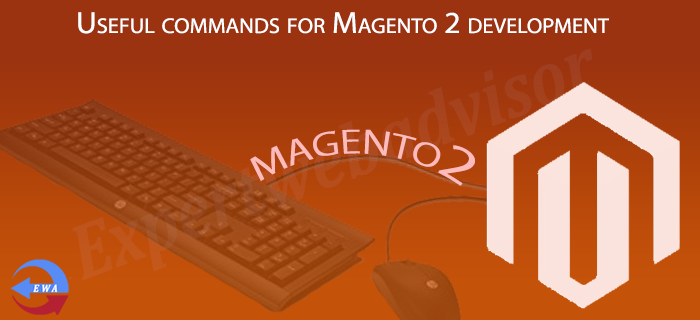1. php bin/magento setup:di:compile 2. chmod 777 var/ -R; chmod 777 generated/ -R; chmod 777 pub/static -R 3. php -dmemory_limit=6G bin/magento setup:upgrade 4. chmod 777 var/ -R; chmod 777 generated/ -R; chmod 777 pub/static -R 5. php -dmemory_limit=6G bin/magento cache:flush 6. php -dmemory_limit=6G bin/magento setup:static-content:deploy -f 7. php -dmemory_limit=6G bin/magento index:reindex 8. php -dmemory_limit=6G bin/magento cache:flush
See the Description below for each commands:
1.
php bin/magento setup:di:compile Or php -dmemory_limit=6G bin/magento setup:di:compile
If you have done any code change specially with factory methods ,proxy, add plugins or any code compilation then you must need to run the di:compile command.
setup:di:compile command generates the contents of the var/di folder in Magento <2.2 and generated for Magento >= 2.2
According to Magento, this serves the following purpose: https://devdocs.magento.com/guides/v2.3/config-guide/cli/config-cli-subcommands-compiler.html
– Area configuration aggregation (that is, optimized dependency injection configurations per area)
– Interceptor generation (that is, optimized code generation of interceptors)
– Interception cache generation
– Service data attributes generation (that is, generated extension classes for data objects)
– Application code generation (factories, proxies, and so on)
– Repositories code generation (that is, generated code for APIs)
2.
chmod 777 var/ -R; chmod 777 generated/ -R; chmod 777 pub/static -R
Make sure after run the Compile command you should run this above command to give these folders full permission.
3.
php bin/magento setup:upgrade Or php -dmemory_limit=6G bin/magento setup:upgrade
If you have installed a new extension or have made changes to the /setup/ directory of your module. i.e. added new column or changed something in the UpgradeSchema.php file then you need to run the php bin/magento setup:upgrade commands.
magento setup:upgrade command clears all the compiled code and the cache. If you do not wants to clear the code and cache you can run this commands:
php bin/magento setup:upgrade –keep-generated then it should be prevents generated code from being deleted.
4.
php -dmemory_limit=6G bin/magento cache:flush
Make sure after run the Upgrade command you should run this above command to delete the cache.
5.
php -dmemory_limit=6G bin/magento setup:static-content:deploy -f
This is to deploy the Static content in Magento 2.
6.
php -dmemory_limit=6G bin/magento index:reindex
This is for reindxing the data in Magento 2.
7.
php -dmemory_limit=6G bin/magento cache:flush
Finally run the cache flush command.
I hope this will be surely helpful for the developer and you enjoyed the reading. Stay tuned for the Magento 2 latest tutorial and updates, Hope you enjoyed reading, if you need the professional Magento 2 Development / PHP we can help you, just Click on the Link and send me your requirements.







